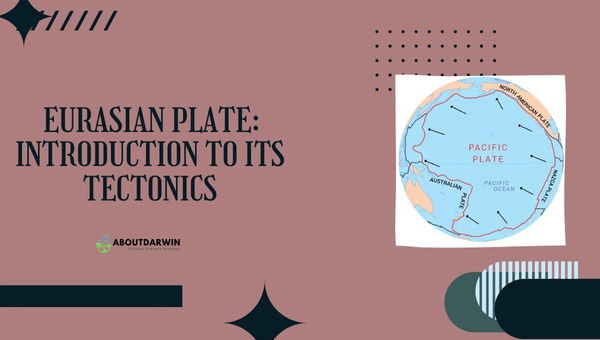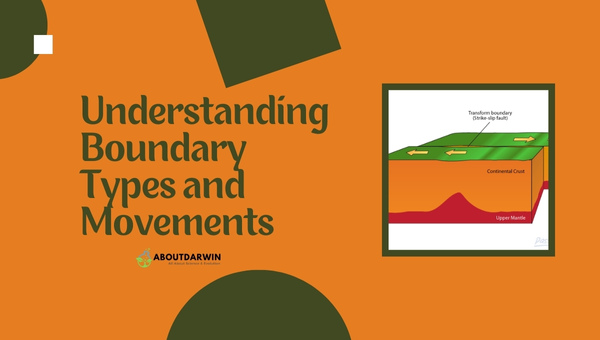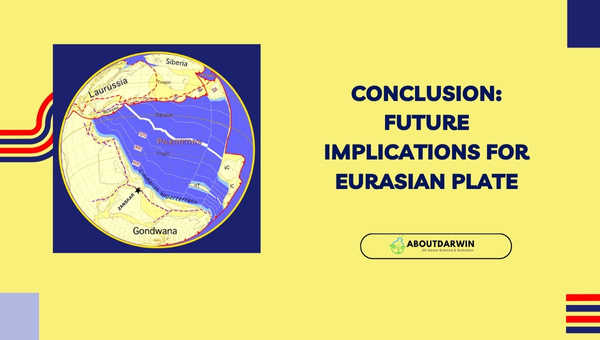Physical Address
304 North Cardinal St.
Dorchester Center, MA 02124
The Eurasian Plate is a colossal tectonic structure that significantly influences the geological landscape of Europe and Asia. Spanning from the mid-Atlantic ridge to the Pacific, its interactions with neighboring plates create diverse geological phenomena, including earthquakes and mountain formations.
As we explore the various boundary types associated with the Eurasian Plate, intriguing questions arise about how these tectonic movements shape our world.
What geological wonders lie at the edges of this vast plate? How do these boundaries affect life and infrastructure in surrounding regions?
Contents
The Eurasian Plate is one of the Earth’s major tectonic plates that covers an extensive area, stretching from the mid-Atlantic ridge in the west to the Pacific plate boundary in the east.

Before diving into the specifics of this tectonic boundary and its movement, let’s first explore some basics of the Eurasian Plate.
The Earth’s lithosphere is divided into several tectonic plates, and the Eurasian Plate is one of the largest. It encompasses the whole of Europe and the majority of Asia. Tectonic plates constantly move, driven by their interactions with one another, and the Eurasian Plate is no exception.
Multiple other plates surround this plate; for instance, the African Plate to the south and the North American Plate to the west.
When tectonic plates meet, they create various types of boundaries. These boundaries determine the geological events and processes in the area. The main types of plate boundaries are:
In the case of the Eurasian Plate, it’s involved mostly with convergent and transform boundaries. Notably, the collision between the Eurasian and the African Plates leads to the formation of mountain ranges, including the most famous one – the Alps.
Here’s a quick overview of the Eurasian Plate’s neighboring plates and the types of boundaries involved:
| Neighboring Plate | Type of Boundary |
|---|---|
| African Plate | Convergent |
| Arabian Plate | Convergent |
| Indian Plate | Convergent |
| Philippine Plate | Convergent |
| North American Plate | Transform |
| Pacific Plate | Transform |
As these boundaries are zones of intense geological activity, we can attribute some of the major earthquakes and volcanoes in the Eurasian region to its tectonics.
For instance, the collision between the Eurasian and Indian Plates formed the Himalayas, while the convergent boundary between the Eurasian and the Arabian Plate created the Zagros Mountains.
The Eurasian Plate’s tectonics makes it easier to grasp the Earth’s geological processes and the importance of the plate’s movements. In the following sections, we’ll dive deeper into the specific boundaries and movements of the Eurasian Plate and their impact on the surrounding areas.
Also Read: South American Plate: Tectonic Boundary and Movement Explored
Diving into the tectonic boundary types and their movements is essential to comprehend the Eurasian Plate and its complexities fully. Let’s further detail these concepts to foster a better understanding.

Tectonic plates are massive pieces of the Earth’s crust, and their interactions at the boundaries result in various geological phenomena. There are three primary types of tectonic boundaries:
Now that we’ve identified the different boundary types let’s focus on the Eurasian Plate and its major tectonic interactions. The Eurasian Plate shares boundaries with several other plates:
Due to these various interactions, the Eurasian Plate experiences diverse geological events, including earthquakes and volcanic eruptions. It’s important to mention that the Eurasian Plate’s boundaries are not static; they’re constantly evolving due to tectonic movements.
| Plate | Boundary Type | Geological Events |
|---|---|---|
| African | Convergent | Earthquakes, volcanic eruptions |
| Arabian | Convergent | Earthquakes, volcanic eruptions |
| Indian | Convergent | Earthquakes, volcanic eruptions |
| Pacific | Convergent | Earthquakes, volcanic eruptions |
| North American | Transform | Earthquakes |
Tectonic movements can be further divided into two primary categories:
The different tectonic boundary types and their movements is crucial for grasping the complexity of the Eurasian Plate. By doing so, we can better predict the impacts of geological events and contribute to more accurate assessments of potential hazards.
As we discuss the future implications for the Eurasian Plate, it’s essential to remember the ongoing tectonic activity and its potential effects on the surrounding regions.

The Eurasian Plate’s interaction with neighboring plates will continue to play a significant role in shaping the landscape and resulting seismic activity.
No doubt the movement of the Eurasian Plate will impact various aspects, including:
It’s also essential to consider the socioeconomic consequences of the Eurasian Plate’s movements. Enhanced earthquake and volcanic activity may lead to extensive damage to infrastructure, loss of properties, and potential loss of life.
Moreover, these events could disrupt trade, transportation networks, and energy production, snowballing the global economy.
In preparation for these potential hazards, governments and relevant institutions in the affected regions must implement proactive measures such as:
The future implications of the Eurasian Plate’s movements is essential in both short-term and long-term planning. By anticipating and preparing for these potential impacts, affected regions can minimize their consequences and create a safer environment for their inhabitants.
The dynamics of the Eurasian Plate reveal a complex interplay of geological forces that shape our planet’s landscape.
Its interactions with neighboring plates not only give rise to majestic mountain ranges like the Himalayas and the Alps but also trigger significant seismic activities, including earthquakes and volcanic eruptions.
As we ponder the future, the ongoing movements of this tectonic giant promise to continue influencing both natural environments and human societies. What lies ahead in this ever-evolving geological saga? The answers may hold the key to understanding our planet’s intricate systems.